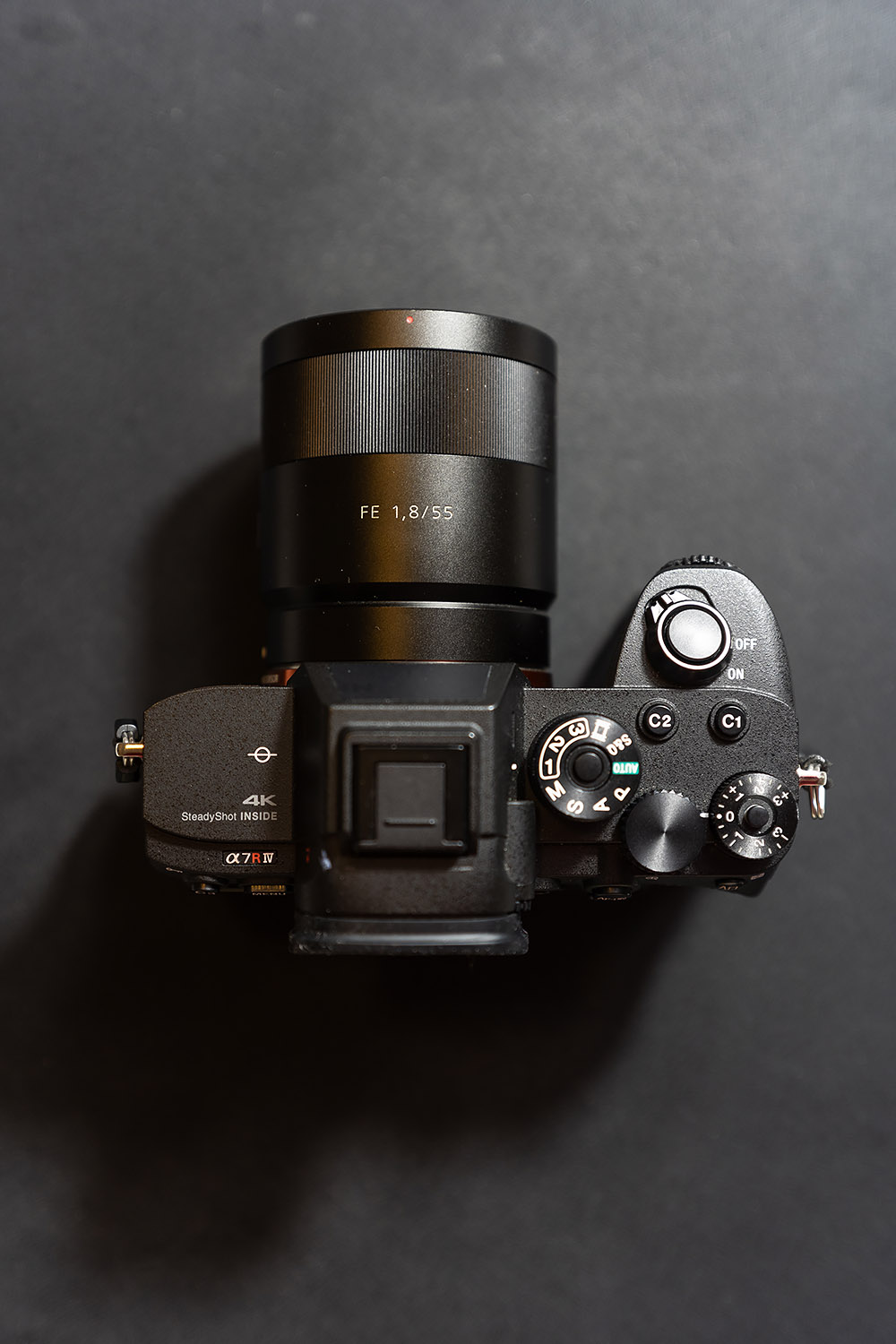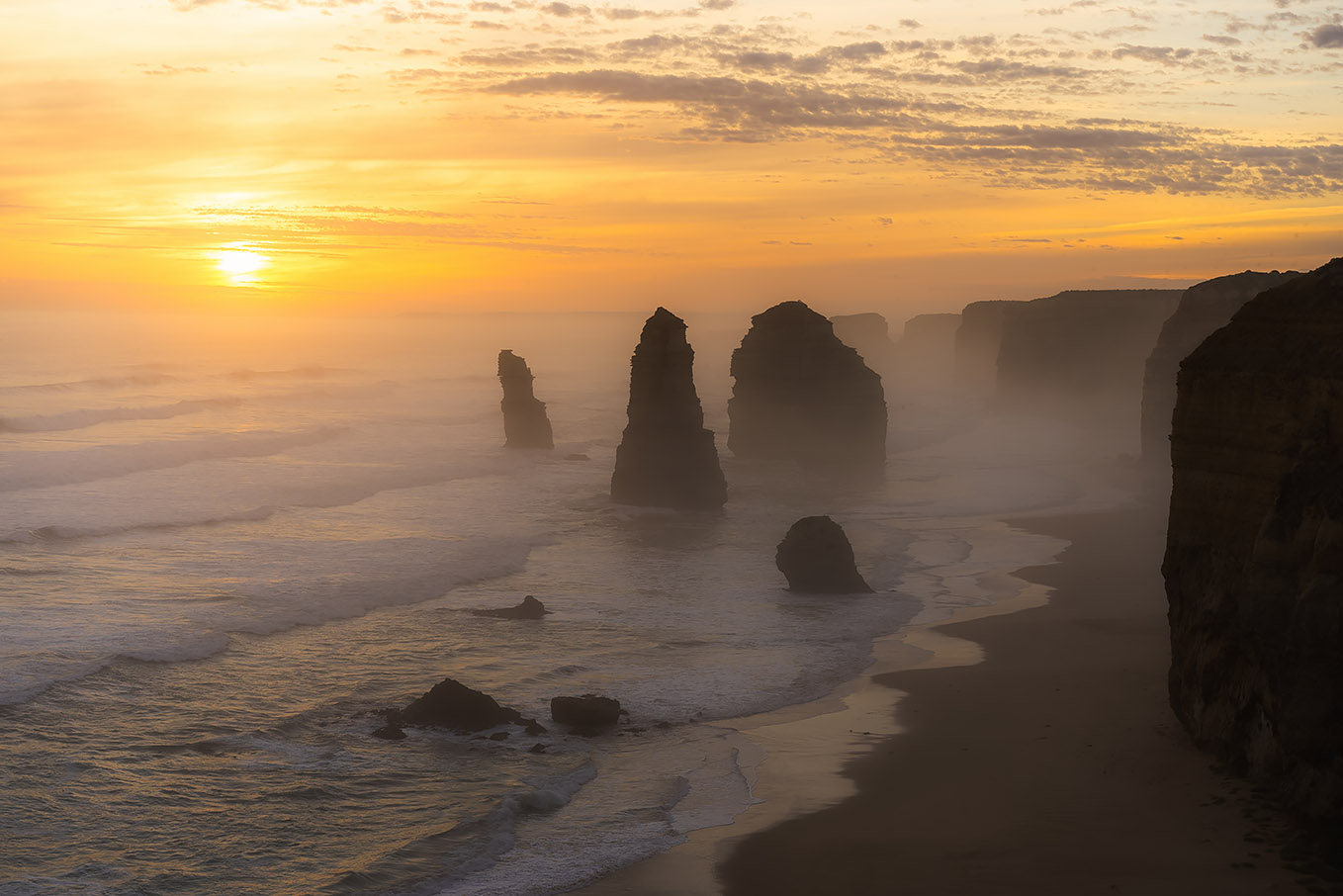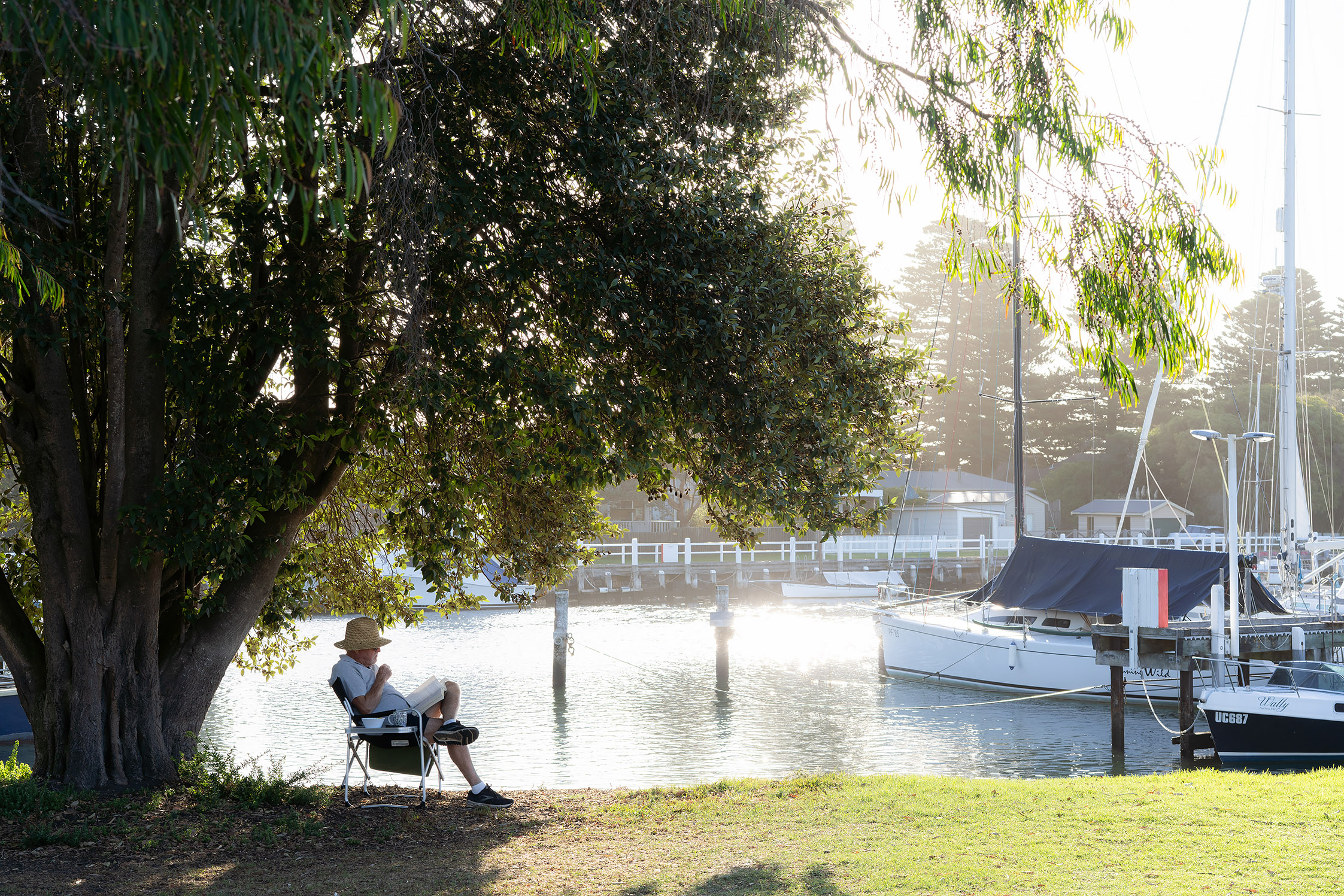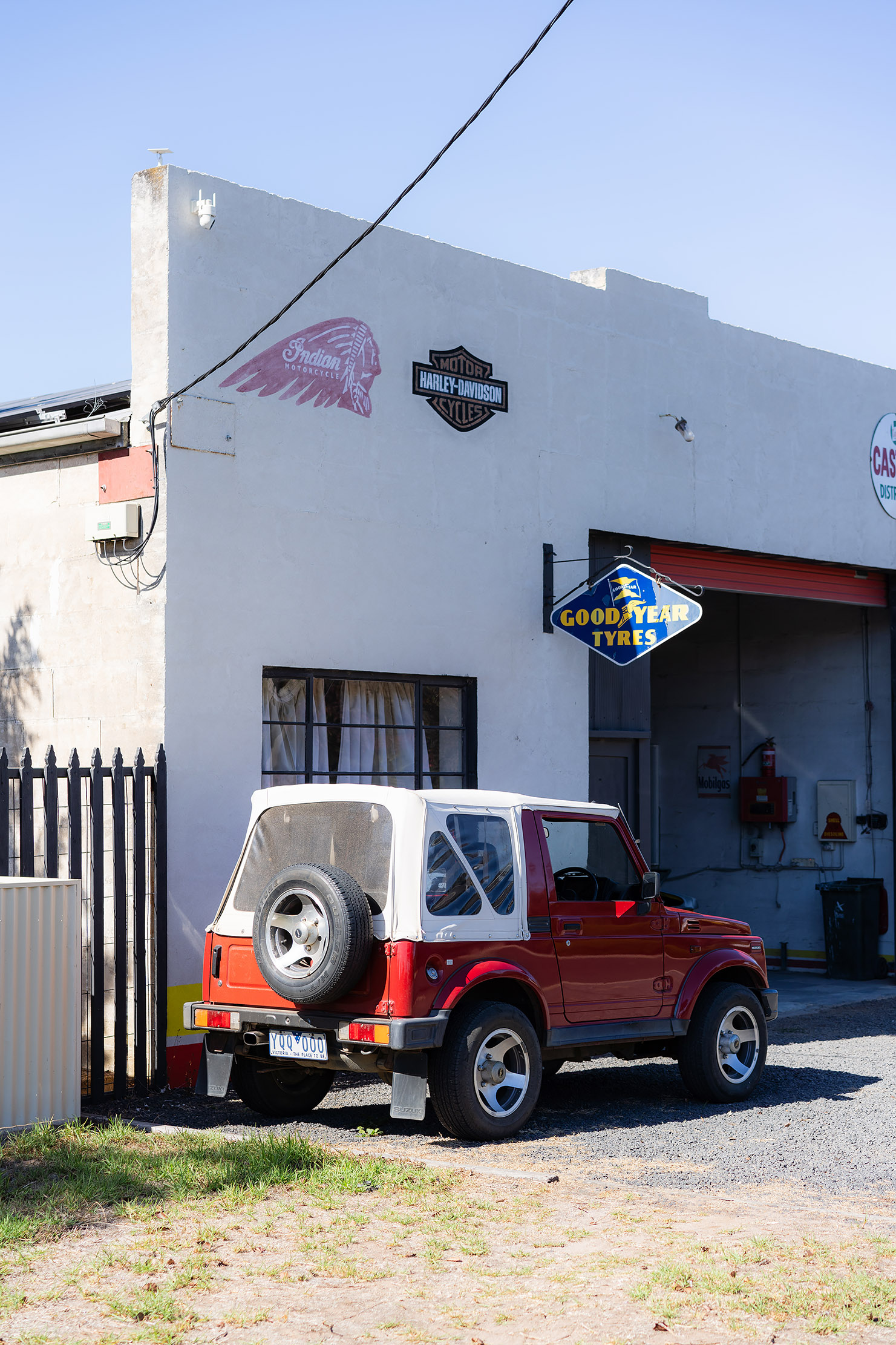Unlike modern G and G Master lenses, there are no physical controls on the lens barrel itself (such as AF/MF switch, declickable aperture ring, custom buttons). This lack of physical controls for functions like an AF/MF switch can be rectified by using a custom button on the camera instead.
Sony A7III – 55mm f/1.8 ZA – 1/200, f/4, ISO 100
The 55mm f/1.8 ZA is one of two Sony Zeiss primes (the other being the 35mm f/2.8 ZA) that was launched with the Sony A7 and A7R in 2013. Being an older lens designed for lower megapixel bodies, one might assume that the sharpness might be lacking however this is not the case. On a 61 megapixel A7R IV, I found the sharpness to be still quite acceptable to modern standards.
Where the performance suffers by modern standards is the prominent longitudinal chromatic aberration (LoCA), easily correctable in Lightroom however it is something to note as it will appear frequently while shooting.
Sony A7R IV – 55mm f/1.8 ZA – 1/160, f/8, ISO 100
The autofocus of this lens performs relatively well when using real time tracking, however of note is that the auto focus is not as fast as lenses that contain Sony’s XD linear motors. This older autofocus motor is fast enough for me in general travel and street photography scenarios.
Sony A7R IV – 55mm f/1.8 ZA – 1/160, f/8, ISO 100
Like my previous blog article on the Sony 135mm f/1.8 GM, there are competitors in 2025 now to the 55mm f/1.8 ZA lens that makes the lens a harder proposition, especially at the original MSRP. The 50mm focal length is crowded with options in the FE mount; The cheap FE 50mm f/1.8, 50mm f/2.5 G and various other options from the likes of Samyang, Sigma, Viltrox etc.







